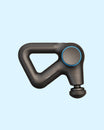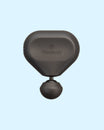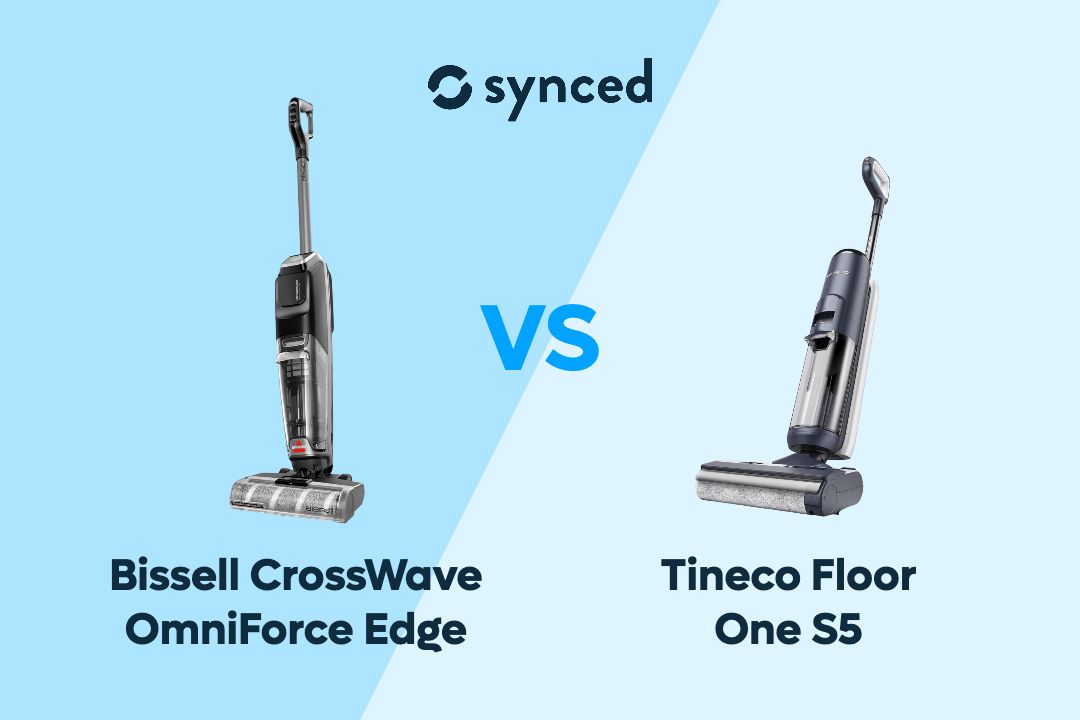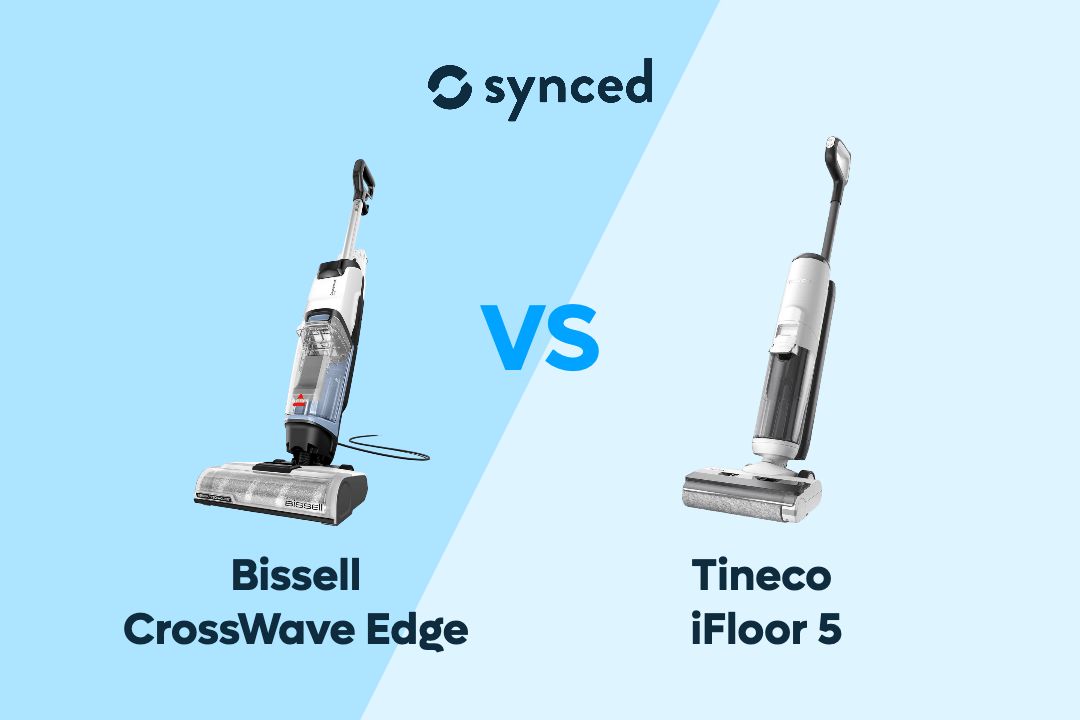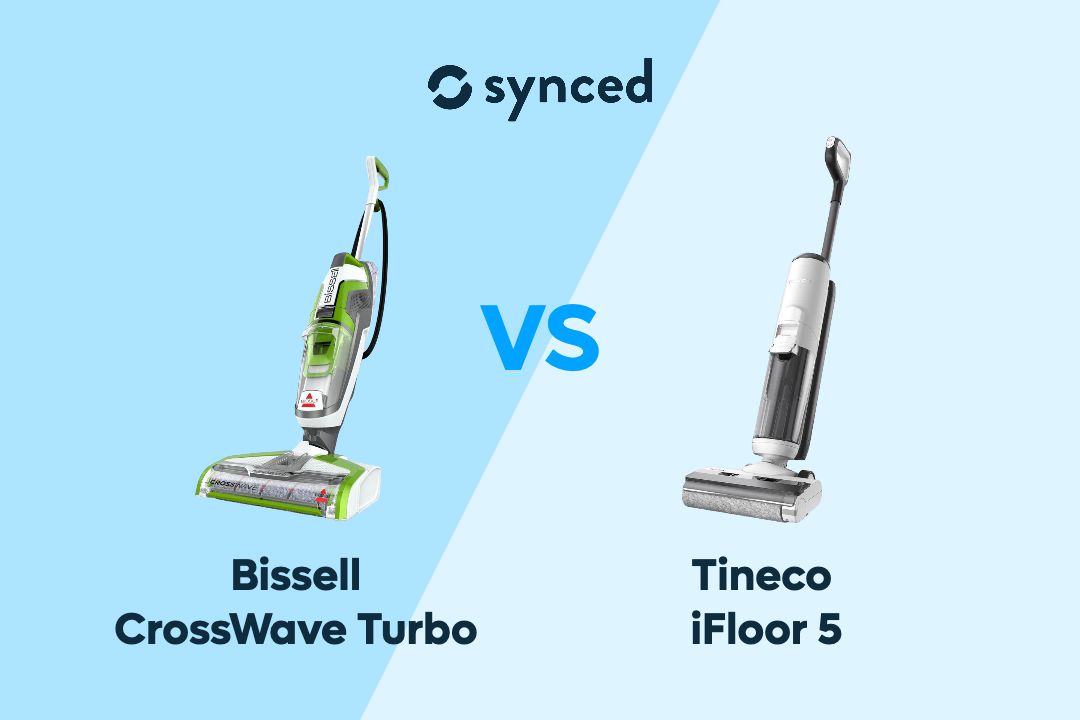Dyson V8 vs V11: How do they differ?
By Naila Syifa
Updated August 2024

The Dyson V8 and V11 cordless vacuums are two of the well-sought-after models in the company's lineup. Despite being old models released in 2016 and 2019 respectively, these two vacuums are still available for purchase in 2024, demonstrating their enduring popularity and performance.
While both the V8 and V11 vacuums share many similarities, there are some key differences that set them apart. Let's explore these differences across 3 key aspects: design, features, and battery.
Key Takeaways
Compared to the Dyson V8, the Dyson V11 has a more powerful motor, longer runtime, and larger bin volume. Dyson V11 also has an additional Medium mode for a balance between power and battery, while the two power modes in the Dyson V8 require you to make a trade-off between power and runtime. Dyson V11 also comes with an LCD while the V8 doesn't, making it a more user-friendly option.


Dyson V8
Small Home Cleaning
✓ Motorbar Cleaner Head
✓ 115 AW Suction
✓ 0.54 L Bin
✓ 40 Minutes Runtime

Dyson V11
Versatile Home Cleaning
✓ Dyson Hyperdymium Motor
✓ 185 AW Suction
✓ Eco, Auto, Boost Modes
✓ LCD Screen
#1 Design

Dyson V11
In terms of design, the most notable difference between the two is that the V11 features a display while the V8 doesn't. The LCD in the V11 displays runtime countdown, cleaning modes, and maintenance alerts, providing critical information in a more user-friendly way compared to the V8, which relies only on LED lights or toggle switches to indicate the vacuum's status.
The overall design of both vacuums is also different. With an in-line configuration, the Dyson V11 has its motor, bin, and cyclones all aligned in a straight line for improved weight distribution and balance during use. Meanwhile, the V8 has a more traditional design with the motor and bin positioned in a perpendicular arrangement.
Dyson V8 has an advantage with its lighter weight, measuring 2.5 kg compared to the Dyson V11 at 3 kg of weight. However, this lightweight body comes at the cost of reduced dust bin capacity in the V8, which has a 0.54-liter bin compared to the larger 0.77-liter bin in the V11. Smaller bin capacity may require more frequent emptying, making the V8 less convenient for larger areas or longer cleaning sessions.
#2 Features

Dyson V8
Powered by the Dyson Hyperdymium motor, the V11 boasts 60% more powerful suction than the V8. The motor spins at up to 125,000 rpm, delivering suction power up to 185 AW. Meanwhile, the V8 has a less powerful Digital Motor that spins at up to 110,000 rpm, delivering suction power up to 115 AW.
Dyson V11 may feature fewer cyclones than the V8 (14 cyclones compared to 15 cyclones in the V8), but these cyclones generate more powerful forces 79,000g compared to 47,000g in the Dyson V8. This makes the Dyson V11 more effective at trapping fine dust and debris.
While both vacuums offer the same de-tangling Motorbar cleaner head, some variants of the V11 also come with a High Torque Cleaner Head. This more advanced cleaner head is equipped with a Dynamic Load Sensor (DNS), automatically adapting the suction power to the floor type, providing optimized cleaning performance across different surfaces like hard floors and carpets.
Dyson V11 also has an advantage with more cleaning modes available. It offers 3 modes: Eco for mild power and maximum battery life, Auto for automatic suction adjustment for a balance of power and battery, and Boost for maximum suction power at the cost of battery life. Note that when the High Torque Cleaner Head is not attached, the Auto will be replaced with Medium mode, which also provides a balance of power and battery but will not auto-adjust suction.
Meanwhile, the Dyson V8 only offers 2 cleaning modes: Powerful for longer battery life and MAX for boosted suction at the expense of battery life. The absence of a medium mode that provides a balance of power and battery life means that users will always have to prioritize one or the other when cleaning.
#3 Battery

Click-In Battery in Dyson V11
Dyson V11 is rated for 60 minutes of runtime on a single charge when using the Eco cleaning mode, while the Dyson V8 is rated for up to 40 minutes of runtime in the Powerful mode.
Charging time is also slightly quicker in the Dyson V11, taking approximately 4.5 hours compared to 5 hours in the Dyson V8. This may seem not like a big difference, but the Dyson V11 has one more thing up its sleeve.
Some variants of the V11 support the click-in battery pack, which allows users to swap out the battery pack for a fresh one, extending the cleaning time without interruption. The depleted battery can be charged independently while the vacuum continues cleaning with the fresh battery pack, making the Dyson V11 more versatile and suitable for longer cleaning tasks.
Dyson V8 vs Dyson V11
Final Thoughts

Dyson V8
Compared to the more recent Dyson cordless vacuum models, the V8 and V11 may be outdated yet still highly capable and relevant options for many users.
The V11 is the more advanced and powerful model, featuring a more powerful suction, longer battery life, and a user-friendly LCD screen. Some variants also support High Torque Cleaner Head, providing auto-optimized cleaning performance across different surfaces.
While the V8 has a less powerful motor and shorter battery life, it has a more lightweight design, making it more maneuverable and easier to use for some users. The V8 is perhaps most suitable for smaller homes or those who don't require the extras the Dyson V11 offers.
If you like to read more about Dyson cordless vacuums, check out our other relevant guides here:
Dyson V8 vs V10
Dyson V8 vs V12
Dyson V8 vs V15
Dyson V10 vs V11
Dyson V11 vs V12
Dyson V12 vs V15
Don't miss out on tech
Subscribe to our newsletter to stay up to date on the latest tech trends and guides on the best gadgets around.


